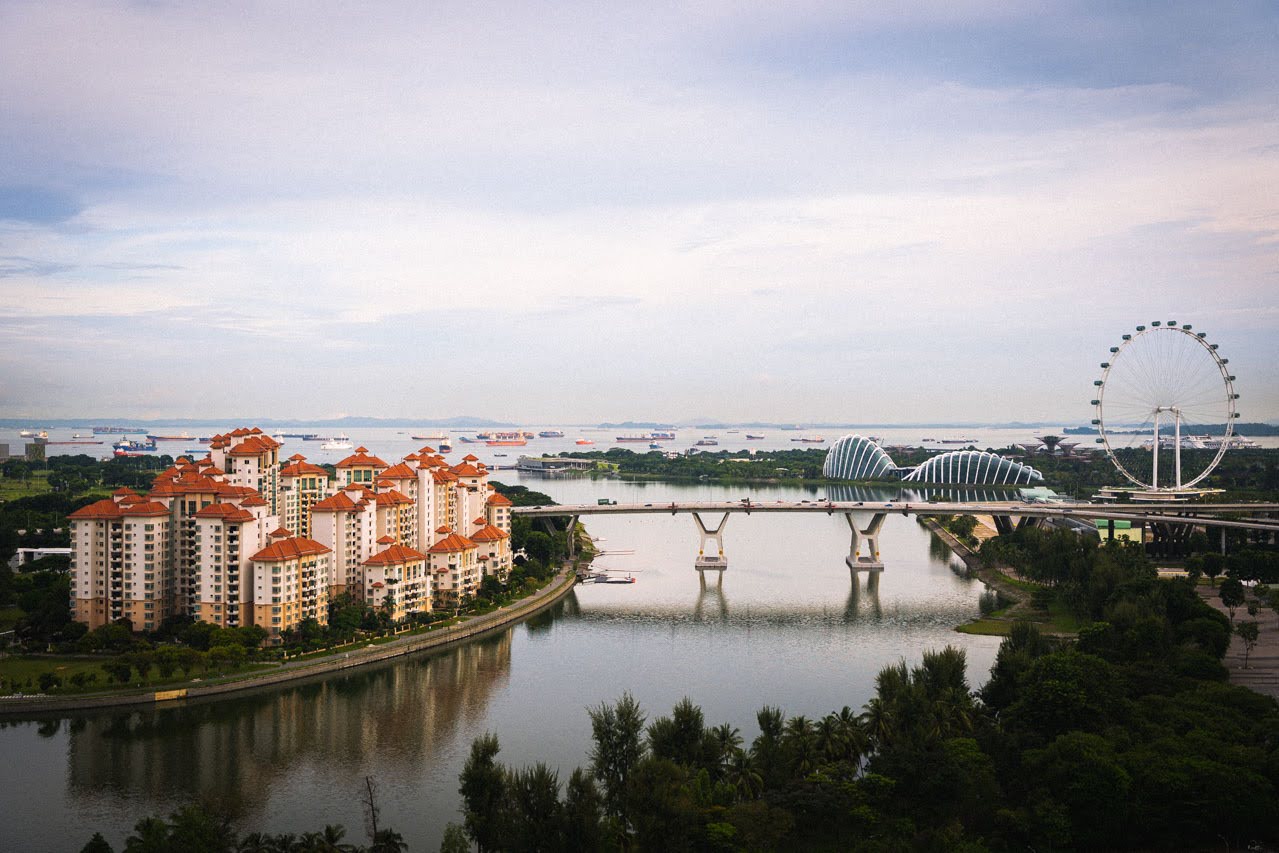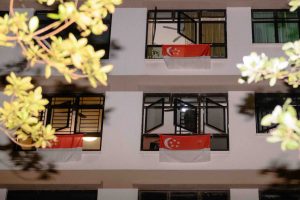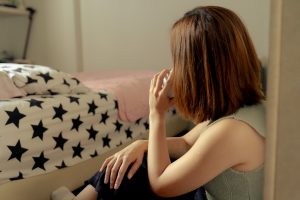Top photo: Zachary Tang/Rice Media
To close this year’s Singapore Perspectives conference at the Institute of Policy Studies (IPS), Minister for National Development and Minister-in-Charge of Social Services Desmond Lee delivered a speech on a vision of Singapore as a global city.
He mentions, “city planning for us is not just a technical or infrastructural process. It is socio-political—it’s about nurturing our society, and becoming the nation that we want to be”. It’s a fair point—Singapore has always struggled with balancing the pursuit of economic growth with ‘softer’ policies aimed at our emotional and social well-being.
ADVERTISEMENT
When imagining this purported future Mr Lee has painted for Singapore: we have to wonder if the Singapore we are building is a city we would want to live in? And on further rumination, does Singapore have the structures and policies for one to put down roots?
Given how porous our borders are (Covid-19 withstanding) and the convenience of technology, you can live and work practically anywhere in the world. With this ease of accessibility, it seems like no one is tethered to any one place unless there are compelling reasons to do so. Singapore included.
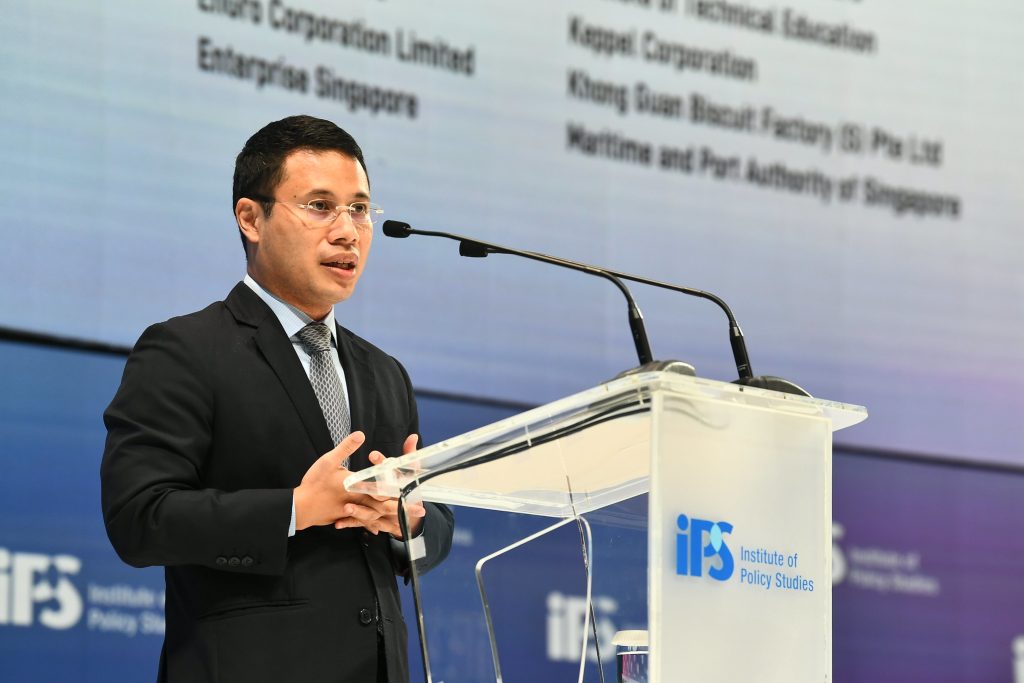
Like Mr Lee, I thought about what I would like future Singapore to look like. Inevitably, there are considerable overlaps in both our aspirations for Singapore in terms of sustainability, innovation, and a penchant for state-of-the-art infrastructure.
Where Mr Lee and I differ is in the lack of boldness and assertiveness with the policies implemented to integrate and include those that fall along the edges of the picture-perfect ideal of a citizen of Singapore.
When I envision the future of Singapore as a global city, I imagine a vibrant and cosmopolitan space that will make you feel at home and attuned to the rest of the world. It is a city conscious of its multicultural roots and continually melting pot of people from all backgrounds. A metropolis that actively seeks to accommodate everyone and embraces differences amongst its citizens.
Still, while hopeful, I can’t help but think how distant we are from this idyllic utopia. Rising xenophobia, rejection of others that don’t fit into the mainstream identity of a Singaporean, and the struggle for equality and equity for all races threaten the fabric of our utopia, helmed by a government that, at times, feel ill-equipped to manage more complex societal relations beyond that which is prescribed by history.
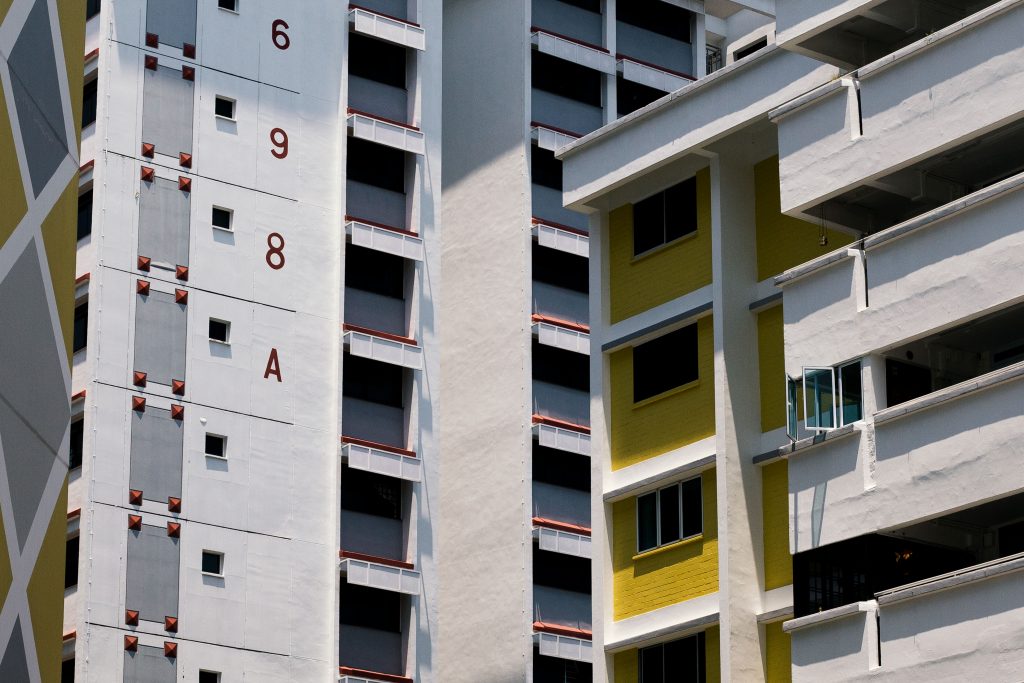
Homeownership: rigged and rigid
When it comes to ‘softer’, more sensitive issues, Singapore as a city becomes cold, unfeeling, and unduly harsh, especially if one does not fit into the mould of the ‘ideal Singaporean’—heterosexual, married, and with at least two children in tow.
ADVERTISEMENT
Despite our innovative and much-sought-after housing plans, in practice, it is highly exclusionary, especially with families or individuals who don’t fit into the nuclear family structure. It’s no surprise then that dealing with housing in Singapore has always been a thorny issue considering our limited land space and oversubscribed BTOs.
During the Q&A section of Mr Lee’s segment at the IPS conference, one of the more salient questions was how Singapore could recognise and take care of alternative family structures such as LGBTQIA+ members and families, non-marital partnerships, single parents, and singles, to name a few.
In his reply, Mr Lee spoke about the struggles single parents, divorcees, and singles taking care of their aged parents faced. He went on to explain the various grants offered to singles and the allocation of flats in prime locations afforded to singles.
It was a satisfactory answer in part, but not where Mr Lee carefully skirted around the issue of housing for LGBTQIA+ members and families. It’s no secret that housing for LGBTQIA+ folks has always been a heartbreaking and challenging issue in Singapore.
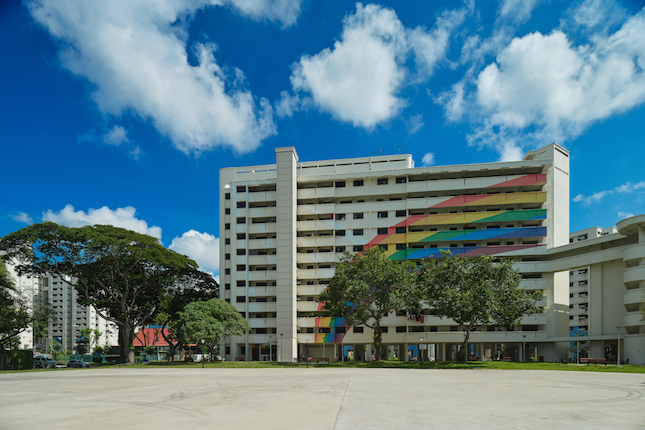
Mr Lee’s reticence on the matter is telling of how the needs of LGBTQIA+ members are constantly overlooked and, on closer inspection, perhaps not even worth consideration. If “housing policy has evolved and will continue to evolve”, as Mr Lee states, then housing criteria should and must expand to include different kinds of families.
That it is being asked at a forum on city-building is a give-away that the issue is closer to lived realities than the government would dare to admit.
Of course, a sudden acceptance of LGBTQIA+ families into the fold might be jarring for some Singaporeans. Still, this anxiety often stems from a lack of information and select portrayals in the media.
A path through this rather sticky issue is through education to foster understanding and acceptance for LGBTQIA+ families to be a part of the 80 per cent of Singaporeans that reside in public housing.
This way, those of more traditional family structures can appreciate and understand the dynamics of alternative families and realise that they are not so different after all. As Mr Lee asserts, “as society changes, we have to continue to make adjustments along the way”. Society has changed—it’s the policymakers that are finding it hard to catch up.
A ‘single’ problem
The difficulty in purchasing a house doesn’t end with LGBTQIA+ members and families; these exclusionary and discriminatory practices also extend to singles. As it stands, the 2020 census found the number of singles in each age group has increased, while the total number of singles is at 31 per cent.
Today, singlehood is primarily a lifestyle choice and a personal one at that. Still, it seems like these deeply individual choices have a more significant, more far-reaching implication on your life in Singapore.
At present, the procedure for singles to attain public housing is anything but straightforward. There are two paths you can take for public housing in Singapore—purchasing a Build-To-Order (BTO) flat or a resale flat.
The landmark decision in 2004 of allowing singles over the age of 35 to purchase 2-room BTOs or resale flats of any size seemed like a step forward. BTOs, despite having a longer runway from application to moving-in, are preferred to resale flats as they are much more affordable, with prices that are controlled by government ministries.
However, with BTOs flats taking at least four to six years to be ready, singles might only get their flat when they are close to forty. Also, to purchase BTO flats, it starts with having an income ceiling of S$7,000 for basic eligibility on a 99 year-lease or S$14,000 on a 45-year lease.
These conditions all sound reasonable, but things are rarely so easy for those who don’t fit into that Singaporean narrative.
First-time single applicants need to pay an additional S$15,000 premium on top of the flat price of the 99-year lease since these units are meant for couples—a kind of single’s tax if you will.
Do note that this is for 2-room Flexi Flats and all these administrative hurdles are before any disbursement of grants where the monthly income is capped at S$2,500 to be eligible. Even after all this, the number of 2-room Flexi Flats is limited, so there is a slim chance of getting a BTO on the first try.
With all this stacked against singles, resale flats are the next best option, but that’s not much easier either. While there is no income ceiling to purchase resale flats or location and size restriction, resale flats are more expensive and subject to availability and the volatility of market forces
Between a rock and PLH
Then, enter the contentious Prime Location Public Housing Model (PLH) that is supposed to make public housing more inclusive and more affordable in prime locations. Except for the fact that singles cannot purchase any of these units directly from HDB or the PLH resale market.
These are just some initial hurdles singles have to jump through to obtain a flat. Between a rock and a hard place, this often leads singles to purchase private housing or renting provided they have the means. Not only does this further segregate singles from interacting with the 80% of Singaporeans who live in public housing units, but it also bars singles from enjoying the benefits of public housing.
Yes, the public housing system in Singapore is desirable, convenient, and affordable. But, singles have to pay through their noses to be able to purchase the same four-room flat a newlywed couple can.
While the government might chalk it up to providing more homes for young families, it actively discriminates and punishes singles for their choices. If singles make up for a third of the population, then housing policies should be adjusted to be fairer and more equitable for all parties involved, regardless of whether they want to start a family or not.
‘Renting’ is not a dirty word
In Singapore, owning property is a ‘key tenet of Singapore’s social compact’ and is how you display one’s ties to the country. In contrast, ‘renting’, whether out of necessity or choice, carries negative connotations, and is often seen as transient.
To better integrate homeowners across class lines, Singapore has introduced public rental housing for lower-income households in prime locations. In Prime Location Public Housing estates and across Singapore, there are plans to integrate public rental flats with homeownership flats within the same block.
To supplement this move, initiatives like ComLink for lower-income households in public rental housing provide holistic and coordinated support in healthcare, education, and such. As a final step, there is also HDB’s dedicated Homeownership Support Team “who will guide them in buying their own home, when they’re ready to do so”.
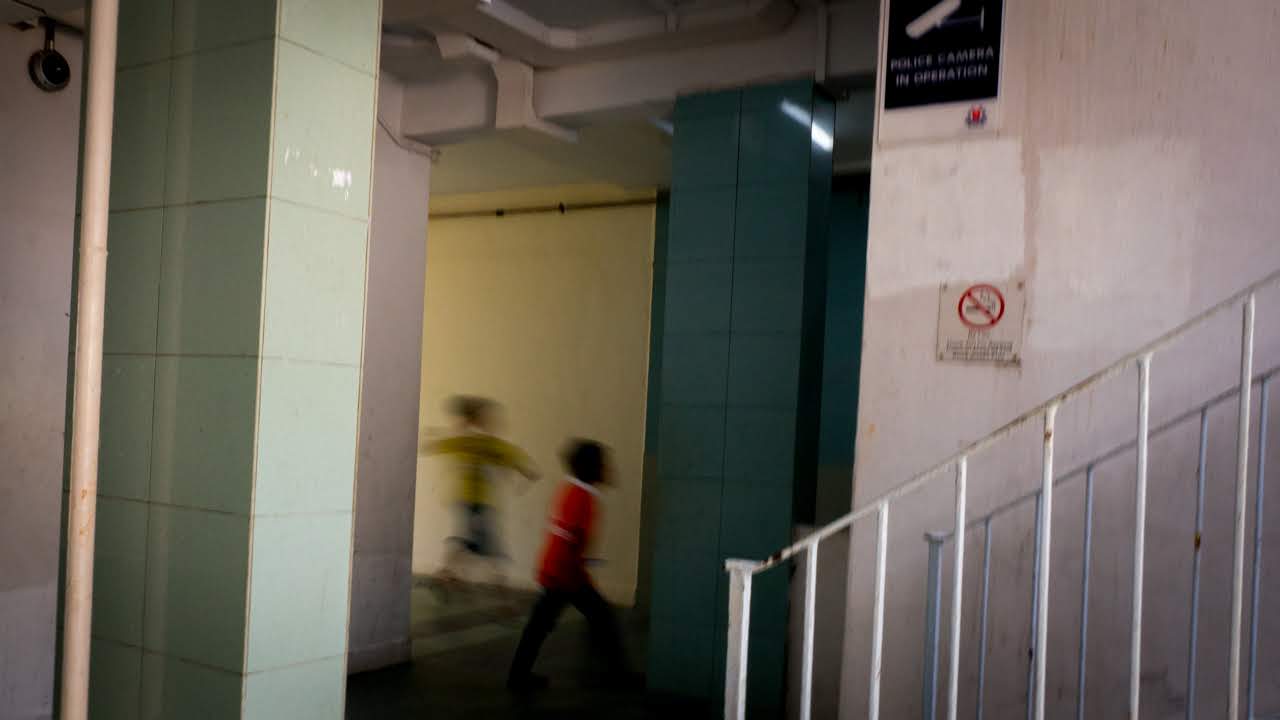
Homeownership should not be binary
Prima facie, these policies have good intentions to support those who live in rental housing. However, it calls attention to the misplaced importance placed on homeownership in Singapore especially in a time when global accessibility means home is wherever work and play is.
By intentionally integrating renters and homeowners within the same neighbourhood, it is perhaps HDB’s hope that those who rent their unit can eventually aspire to ‘own’ a flat, although what this does instead is reinforce the idea that renting is seen as less and undesirable in Singapore.
Furthermore, this builds upon the impression that those who rent are poor, transient citizens and have a lesser stake in Singapore. These negative undercurrents have detrimental effects on those living in these units, especially the young and more impressionable children who are implicitly reminded that their home is not as valuable as it is rented.
Surely, homeownership is not the only way you show that you have a stake in the country. The distinction between ‘rental’ housing and home-owned flats should not have a binary definition.
Instead, ‘rental’ units should be treated as one of the many facets of homeownership in Singapore rather than be seen as lesser than and constantly at the mercy of advocating for the sole ambition of owning a flat.
This way, a citizen is measured more by less tangible means such as their contributions to the country or giving back to their immediate community, which I’m sure is more valuable to any country than owning property.
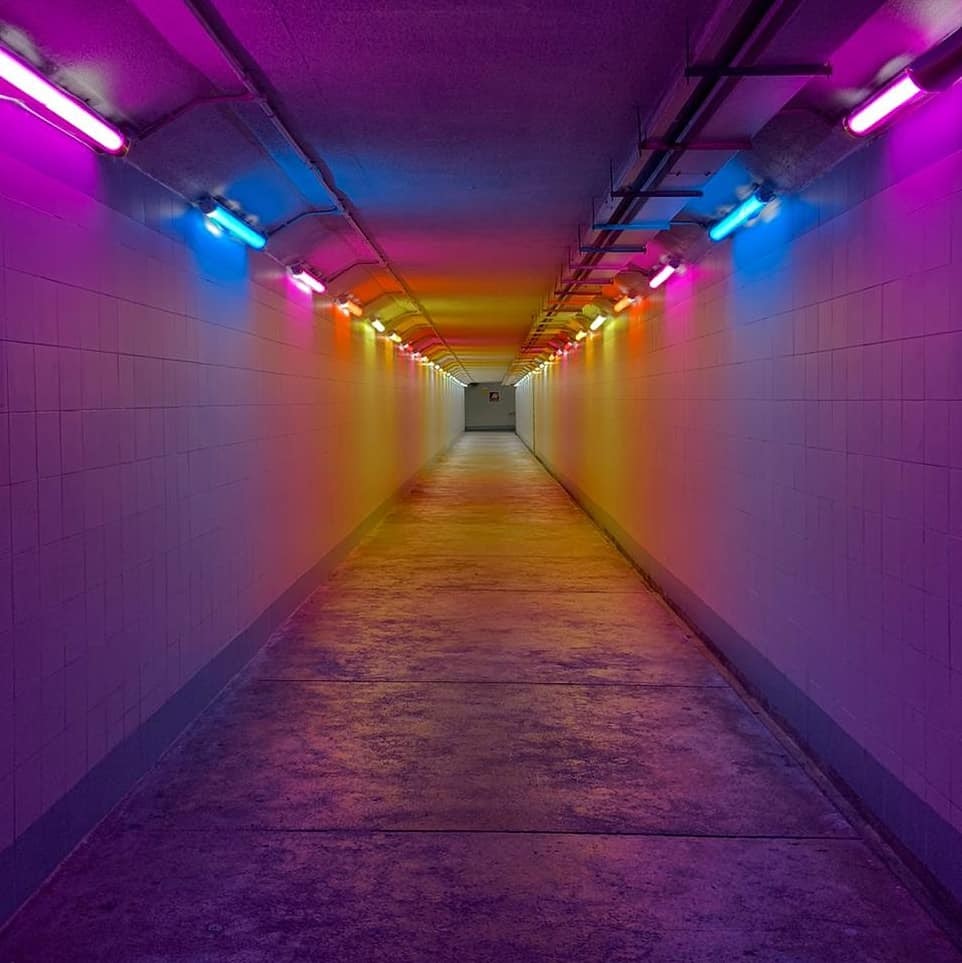
Artistic freedom in Singapore
A well-worn roadblock to the city’s vibrancy is the freedom of expression in the arts scene in Singapore. Art in Singapore is like the city: creative but sanitised and highly regulated. There are good reasons for this, of course. In the extremes of self-expression, absolute freedom can have disastrous outcomes.
It can incite violence and threaten social and cultural ties that often hang all too tenuously in Singapore. On an aesthetic front, self-expression for the sake of it does become an eyesore and for all the wrong reasons.
This is not to say there is no support for the arts in Singapore. In 2021, MCCY enhanced their Arts and Culture Resilience Package (ACRP) by $20 million to support arts groups and artists. There are also several grants available from the National Arts Council to bolster the arts scene in Singapore.
It’s funding that pays off—before Covid-19 hit, arts and cultural events reached an all-time high of 15.6 million attendees in 2019. The arts scene in Singapore was not the ‘cultural dessert’ it once was. As encouraging as those numbers are, it belies the tight and controlled leash the art scene is held in Singapore.
A glance at IMDA’s guidelines speaks of the many regulations where media is restricted—”content should not undermine public order, national security and/or stability” and “content should be sensitive to the concerns of different racial or religious groups and the prevailing community expectations of what is necessary to safeguard racial harmony and religious harmony”.
If anything fails to meet any of these sets of criteria, they are effectively banned in Singapore. In this extensive and overarching gatekeeping, Singapore has lost that freedom, pluralism, and space for expression art so often allows.
These bring to mind poignant and emotional films such as Tan Pin Pin’s banned ‘To Singapore with Love‘ which portrays the likes of Ho Juan Thai, a former student leader now in his 60s who has lived in the United Kingdom for 35 years unable to return to Singapore for his alleged involvement in Communist struggles during 60s and 70s.
Or even more recently, where a final-year fine arts student at Lasalle College of the Arts Priyageetha Dia, turned the staircase on the 20th storey of her Housing Board block in Jalan Rajah in Balestier from grey to gold.
A spontaneous piece about turning mundane and ordinary into a beautiful work of art was quickly taken down, hampered by regulations and proceedings. Sure, Priyageetha could have sought approval, but given the constraints, her piece would have lost the impact she was going for.
If art is supposed to elicit conversation or bring forth important issues, Singapore needs to be free of this fear-based ring-fencing. But more tellingly, this tight and rigid control over something that demands fluidity becomes a roadblock of sorts in creating a city that’s vibrant, expressive, and worth coming back to.
Overt censorship of media leads to a city that’s afraid to express itself. And a city that’s afraid to express, is, effectively, a city that is oppressed.

Strides in Singapore’s bid for inclusivity
Still, credit must be given where credit is due. Though severely lacking in the softer infrastructure a forward-looking city demands, Singapore has been exceptional in its physical accommodation for citizens with different needs. This is keenly reflected in the city’s buildings, living, and recreation spaces.
At the most basic level, the Building and Construction Authority’s (BCA) Accessibility Code ensures building entrances are wheelchair accessible, have sheltered walkways, and are equipped with adequately sized washrooms. This code is consistently reviewed such that these guidelines are continually updated to fit the needs of the community.
Of course, even with these guidelines, there are still gaps in making Singapore as accessible as it can be. To circumvent this, Singapore has recently set up the Accessibility City Network, whose goal is to identify areas where accessibility can be improved, such as better signages and removing barriers.
On top of that, one of the most significant commitments to enhancing Singapore’s infrastructure is the third Enabling Masterplan consisting of feedback gathered from over 400 people over eight months to understand the various needs of differently-abled individuals and caregivers to provide better care for them.

Caring for our ageing population
With about 15.2 per cent of our population aged 65 years and over in 2020 and growing, Singapore is one of the rapidly ageing societies in Asia. With that in mind, Singapore has put measures for seniors to live safe and fruitful lives.
Community Care Apartments integrate senior-friendly housing with care services in Bukit Batok, which can be scaled according to their needs. With features such as slip-resistant flooring and dedicated communal spaces for senior-friendly activities, this pilot program positions Singapore as a well-suited space to age.
This goes a step further with the proliferation of dementia-friendly towns. Given our ageing population and seeing as 1 in 10 seniors in Singapore has dementia, it is essential that neighbourhoods are modified to ensure further the continual well-being of seniors with dementia or not.
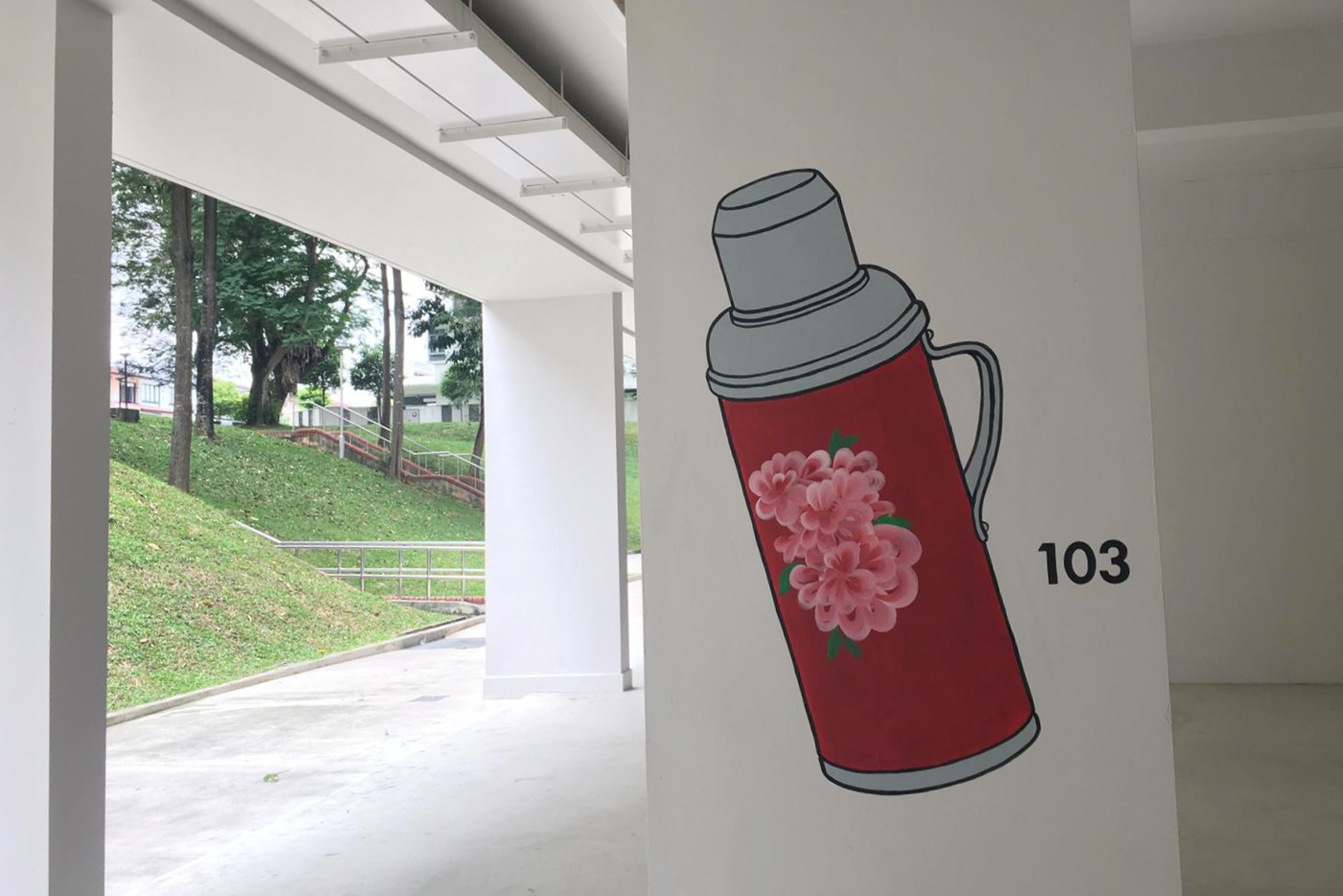
In Ang Mo Kio, as part of the Alzheimer’s Disease Association’s Wayfinding Project, large colourful murals have been painted on the side of blocks to assist caregivers or seniors with dementia to find their way home. These helpful mural have also found their way to the likes of public transport. The bustling Toa Payoh interchange worked with Dementia Singapore to adorn the walls with large, colourful images of childhood games and directional stickers to guide the elderly and those with dementia through the transport node.
Beyond creating meaningful spaces for the elderly, recreation spaces have also taken a more inclusive turn with wheelchair-accessible swings, merry-go-rounds, and sensory play gardens. Most recently, Jurong Lake Gardens’ largest therapeutic playground served as a place of fun and exploration for neurodivergent kids and even promotes integration with neurotypical children.
These instances are uplifting and encouraging, where initiatives like these elucidate an administration eager and enthusiastic about modifying our spaces to be more welcoming and accommodating to some of its citizens.
It also signifies Singapore’s stance as a city that seeks to adapt to the myriad needs of its citizens and, in this instance, champion co-existence—at least physically.
No more fishing for a crutch
Singapore, by most counts, has the trappings of a great city. The advanced infrastructure, low crime rate, efficient transport system, green spaces around every corner, and enviable public housing system positions Singapore as a vibrant city to live in.
We have also made ourselves into an epicentre of knowledge and business, dubbed Southeast Asia’s Silicon Valley Singapore, bursting with innovation and unicorn start-ups. From that perspective, you’ll be hard-pressed to find good reasons to leave Singapore.
However, on closer inspection, you’ll realise Singapore can only be the perfect city for a select group of people. For anyone else, it is a place wrought with restrictions and roadblocks.
A refrain I constantly heard during the IPS conference is how far Singapore has come from the tiny fishing village almost sixty years ago. We will always be indebted to the first generation of leaders who managed the feat of transforming Singapore into the metropolis it is today. Be that as it may, we cannot let past triumphs cripple or hinder us from making positive changes for Singapore.
To achieve the vibrancy we so fervently strive for, the policies, especially with housing, must reflect and factor in the society in Singapore today. Otherwise, there will be no stopping those disgruntled and tired from packing their bags and building a home elsewhere. This writer included.

